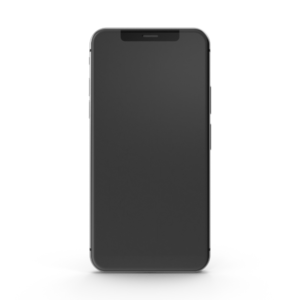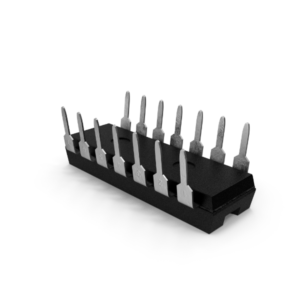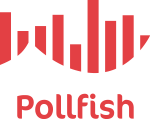Case Study:
How a Major Global
Electronics Manufacturer
Quantified the
Podcasting Market

Summary
Bringing innovative products and services to market is
always a race in today’s market,
where the possibility of a “fast-follower” becoming a market leader is increasingly rare, especially in
mobile communications. That’s why a major consumer electronics conglomerate needed to make
sure that it had an agile partner like Pollfish, one that could provide real-time quantitative data to
inform day-to-day decisions as it prepared to launch its first home screen widget for podcasts.
About the Global Electronics Customer
As a global mobile industry market leader with a sweeping market share, the consumer electronics company that utilized Pollfish strives to provide new and differentiated user experiences through innovations with purpose. Its proud heritage of over a decade of research and development has brought about various innovative technologies to the world
About Pollfish
Pollfish (www.pollfish.com) is an agile market research platform offering real-time responses from mobile consumers.
Using a modern sampling methodology called Organic Sampling that merges mobile delivery, artificial intelligence, and a massive audience network, Pollfish is able to narrowly target highly specific audience segments within their audience network of over 650M global respondents, spanning 160 countries and 51 languages, with better data quality and faster completion times than competitive survey solutions. Trusted by brands, media companies, and agencies alike, Pollfish data has powered stories in almost every major news source in the US, including The New York Times, Washington Post, and Inc.
Mobile Delivery
Artificial Intelligence
Massive audience network

The Opportunity
Podcasting has grown from being a thing for 22% of the United States in 2006 to 75% in 2020,
There are no signs of the COVID pandemic slowing it down (Statista 2020). Consumption is expected to grow at a robust rate as well, even among traditionally disenfranchised (hard to reach) demographics (e.g., women, non-whites, millennials).
Given the ubiquity of podcast player technology, there is an opportunity to innovate and capture market share.
This is because this medium is surprisingly utilitarian, fragmented and undeveloped, and podcast clients only support basic use case scenarios. But even with this defined opportunity, the consumer electronics company needed a way to quantitatively structure the details of product feature sets into business results. And that’s where Pollfish came in.


Not Boiling the Ocean
The major electronics brand had a wide range of potential feature sets that its product team could have pursued, so it used Pollfish to gather quantitative data and map feature sets into quadrants.
For example, feature set “A” could plot on one axis based on aggregate market appeal and plot on the other axis based on investment levels for that feature set. This approach allowed it to quickly define a minimum viable product (MVP) and focus attention on differentiating opportunities, versus “table stake” features or niche opportunities. Trade-offs became immediately clearer because the company was able to measure the relative importance of feature sets to target markets and impute business impact.
A key feature that makes Pollfish the best partner for this process is agility.
For example, it was not unusual for the product team to need additional attitudinal data on a particular market segment (e.g., college females) – to drive a decision at an upcoming meeting. Pollfish does not simply extract faster responses from legitimate users (because of our unique, mobile-first methodology), but it reaps insights more quickly through features like robust pre-survey filters and post-stratified views.
Product development would often need insights within three days, and Pollfish is always more than up to the task.
~ Sr Manager of Consumer Insights
A New Method
A primary reason why Pollfish is far more agile is by way of an advanced approach to collecting respondents. Called random organic sampling, this method engages random site and mobile app visitors in their natural, voluntary digital spaces. Specifically, Pollfish employs Random Device Engagement (RDE), our signature method that falls in opposition with non-random sampling, such as survey panels, an offshoot of traditional surveying.
Traditional surveys are completed by “professional survey takers,”
(such as the survey panels) who answer surveys by answering emails and/or logging into websites. These respondents are amassed into communities that have disproportionate numbers of stay-at-home parents (“coupon moms”) and college students (in search of beer money).

In contrast, Pollfish does not pre recruit panelists and other respondents. Rather, it implements Random Device Engagement (RDE) to garner qualified respondents randomly.

To achieve this, Pollfish partners with over 140,000 mobile/web developers to distribute surveys to over 650M users worldwide.
(That’s over 8% of the world population, by the way!) Users respond to surveys in the apps/websites where they are already spending their time, and get rewarded for responding with things (e.g., lives, points, etc.) in the app/website they care about.
Catching people where they are (in their favorite mobile apps) improves responsiveness and reduces bias from “professional survey takers”,
as well as other common survey scenarios. Although survey completion rates may decline with organic sampling, gains in data quality more than compensate for it.
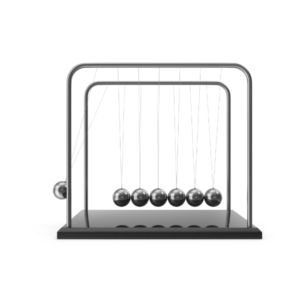
Pollfish earned the confidence of the electronics brand by delivering reliable and quality results because we eliminate the biases of traditional panels
That’s why our electronics customer can liberally place open-ended questions in every Pollfish survey, as it leverages our platform features like “gibberish” and other quality filters.
The end result is that the global electronics company found a market research platform uniquely suited to meet its agile, high-quality insight and global deployment needs from Pollfish.

Results
With Pollfish, this leading consumer electronics company is able to quantify the podcasting market
by understanding how each market segment prioritizes different feature sets. Whether by gender, age, socio-economic status, or even mobile phone operating system (all of which, incidentally, are default filters available on Pollfish) – the electronics brand quickly identified and evaluated how market segments valued every potential podcasting feature set.
Each time the prioritization of a feature question came up for debate, our electronics customer knew exactly which market segment(s) were likely to be impacted– and the business impact those market segment(s) could drive. With this data, defining a minimum viable product became a much more straightforward process and developing a product roadmap became a much more agile process.
Surfacing key differentiators and the value proposition of the electronics customer, in general, was also a natural outcome of this real-time and ongoing market research activity. For example, the mismatch between average podcast length and average user time per session made the all-important need for parsing functions (like defining chapters, creating summaries) very clear.
The best outcome is that, because the electronics provider continues using Pollfish as an integrated part of its ongoing operations, insights are not a static data point considered once and forgotten – but a dynamic and continuously validated part of its business.
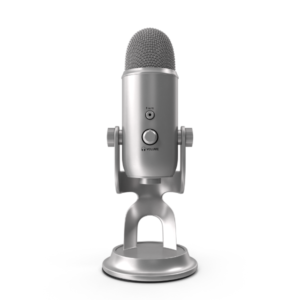
admin
Ready to Try Pollfish?
Create your survey with AI, target high-quality respondents starting at $0.95 per complete, and start getting results in just minutes in real-time. From running a simple product concept survey to managing a constant stream of trackers for dozens of clients in dozens of countries, we’ve got you.

